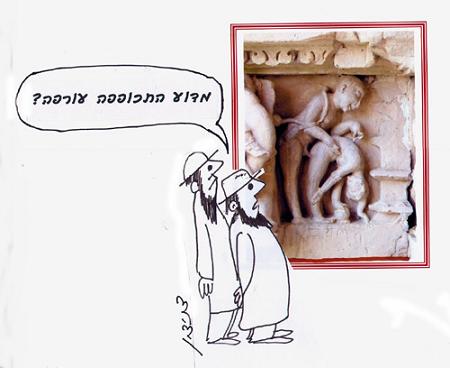
The sages had a custom of interpreting the names of Scriptural personalities and the connection between their names and historical events which involved the personality. Thus, for example, they interpreted the Scriptures which describe Goliath: “And there went out a champion [ish habeinayim] out of the camp of the Philistines, named Goliath, of Gath, whose height [was] six cubits and a span” (I Samuel 17:2). Goliath for he stood bare-faced and brazen [galui panim] before G-d.
The scholars asked: What is the meaning of the words ish habeinayim? One sage interpreted it to mean that he was clean [muvneh] of any flaw or disfigurement. A different sage stated that he was the middle [beinoni] amongst his brothers, and yet another sage said that he was the son of many fathers, the men who had sex with his mother on a single night, and none knew whose seed had impregnated her. The words named…of Gath was interpreted by one sage, Rav Yossef, to mean that many men had sex with his mother and they pressed her like grapes in a wine-press [gath]. The scholars further asked: Why is the written word m’ma’arot read m’ma’arkoth? (Many texts in the Scriptures are read as other than as written, a phenomenon know as kri u’ktiv.) Answer: For many men had sex [he’eru] with Goliath’s mother. The scholars also asked: Why is Orpah, mentioned in the Book of Ruth, called Harafah? One verse calls her Orpah: “And they married Moabite wives, one named Orpah and the other named Ruth” (Ruth 1:4). Another verse calls her Harafah: “These four were born to Harafah in Gath” (II Samuel 21:22). [Chazal determined that these two biblical personalities were the same woman.] Answer: One sage thought that her true name was Harafah. Why did the verse change her name to Orpah? For many men had sex with her while the nape of her neck [orpah] was to the men. Another sage thought that her true name was Orpah. Why did the verse change her name to Harafah? For many men had sex with her, grinding her like bruised corn [harifoth].
(Babylonian Talmud, Tractate Sotah 42b)
